Projects connecting the two banks
Standing on Ba Son Bridge looking towards Saigon Ward, the center of Ho Chi Minh City, many people are surprised. Mr. Pham Ngoc Tai, an office worker in Saigon Ward, shared: "Before, every time I went from my house in District 2 (old) to the center, I had to go down to Saigon Bridge, which took a lot of time. Since the Saigon River Tunnel was built, it only takes me 5 minutes to get there. It literally opens a new direction."
Not only convenient for traffic, the Saigon River tunnel is also a symbol of a modern traffic system, connecting the Thu Thiem New Urban Area with the existing center, promoting the formation of a multi-center urban area.
Vo Van Kiet - Mai Chi Tho Avenue has changed the face of the city. In just a few dozen minutes, vehicles can go from the western gateway straight to the Saigon River tunnel, through the eastern part of Ho Chi Minh City.
Mr. Le Minh Tam, a truck driver, said: “Previously, driving on National Highway 1 through the crowded inner city took all day. Now, going on Vo Van Kiet Avenue is much faster, saves fuel and is less tiring.”
This is a vivid proof that a road can activate the vitality of an entire city. In the memory of many bridge engineers, March 7, 2010 will never fade.
On Bach Dang wharf that morning, thousands of people crowded to witness the "miracle". In the sky, helicopters recorded every moment of towing the tunnel segments. Under the river, 4 tugboats towed giant concrete blocks - each segment weighed 27,000 tons, as long as a 25-story building - slowly sinking into the Saigon River, forming a tunnel across the Saigon River. This 13,400 billion VND project not only solved traffic jams, but also changed the urban landscape in the East of Ho Chi Minh City.
Following Vo Van Kiet Avenue, a series of other projects have appeared one after another, such as Pham Van Dong Avenue through Thu Duc opening a new path, expanding Hanoi Highway (Vo Nguyen Giap Street), adding Saigon 2 Bridge, Thu Thiem Bridge, Ba Son Bridge...
Previously, Phu My Bridge, the largest cable-stayed bridge in Ho Chi Minh City at that time, stretched across the Saigon River, connecting Nguyen Van Linh Avenue. There were projects funded by Japanese ODA capital, and BOT projects funded by private capital - this combination was an affirmation: the city did not rely solely on the budget but mobilized all resources to develop infrastructure.
These works are not just concrete and asphalt blocks, but are symbols of the rising aspirations of a “super city” today. Ho Chi Minh City currently has more than 5,000km of roads connecting the East and the Southwest, and then the flow of vehicles from National Highways 1, 13, 22… day and night. Traffic is not simply roads, but the “blood vessels” that nourish a giant economic body.
Old projects were put into effective operation, and new large projects were continuously taking shape. Before dawn, at the construction site of Ring Road 3 through Hoc Mon commune, bright lights had lit up the entire overpass construction area. The sound of excavators, cranes and the commander's urgent voice echoed in the early morning air, a very familiar image to those who have passed through this area recently.
Young engineer Nguyen Thanh Quoc expressed: “This project is the dream of many generations. When this beltway is completed, container trucks will no longer have to go through the inner city, people will not have to suffer from traffic jams. The entire Southeast region will be seamlessly connected.”
The drops of sweat and the bustling rhythm of machines are the heartbeat of a large construction site, not only in the Ring Road 3 project but also in dozens of other infrastructure projects across Ho Chi Minh City - the place that opens the door to becoming a "super city".
Metro - the key to future transportation
One morning in late 2024, in the center of Saigon ward, the Ben Thanh - Suoi Tien metro train passed over the overpass. People stopped their vehicles, looked up, many raised their phones to film. That image marked the milestone of the first metro "dream" of Ho Chi Minh City, lasting nearly 2 decades, finally coming true.
The Ben Thanh - Suoi Tien Metro has opened the door to the future of a 500km metro network, making public transport a pillar, reducing traffic jams and pollution by 2035. The train not only carries passengers, but also carries the hope that Ho Chi Minh City will become more modern and civilized and the next metro projects will no longer be delayed.
The city aims to have at least 7 more metro lines with a total length of 355km by 2035, and 500km by 2045. By then, public transport can meet 50%-60% of people's travel needs, bringing the city closer to the standards of an international "megacity".
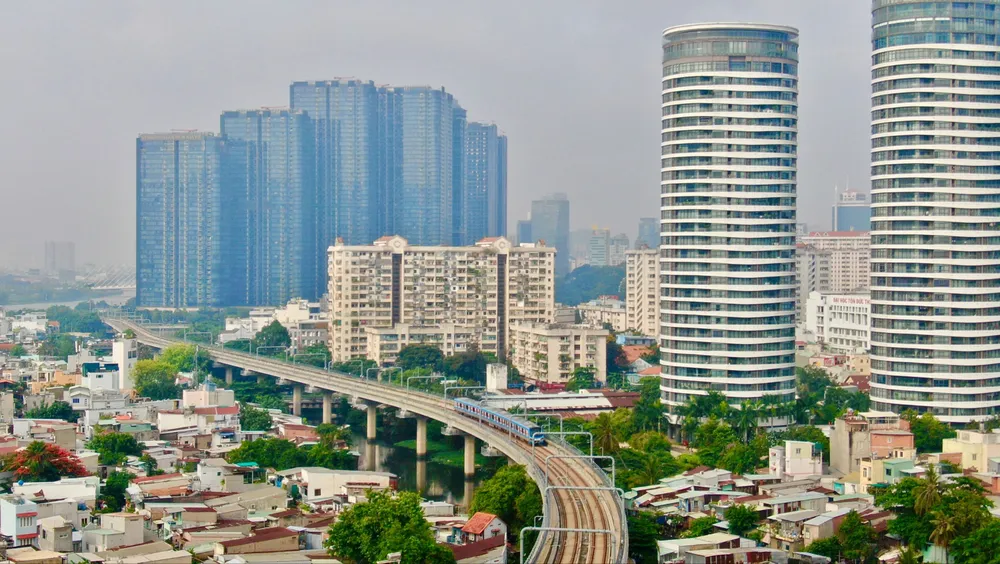
In order for Ho Chi Minh City's transport infrastructure to make a breakthrough in the coming time, according to Dr. Architect Ngo Viet Nam Son, from the success of the Ben Thanh - Suoi Tien metro, the city should change its thinking, not only "building roads" but also "traffic economics". Transport is placed in the overall urban and economic development, associated with the TOD model (urban development model associated with public transport), with the metro as the center. Ho Chi Minh City not only needs capital but also must master technology, build a metro operation ecosystem - from supporting industries, human resource training to exploitation organization.
Meanwhile, Associate Professor Dr. Vu Anh Tuan, Director of the Vietnam-Germany Transport Research Center (Vietnam-Germany University), said that roads and bridges are the "blood vessels" of the city. If the "blood vessels" are clear, the "body" of the city will be healthy. Therefore, Ho Chi Minh City urgently speeds up the progress of key projects, such as closing Ring Roads 2 and 3, expanding key national highways 1, 13, 22, the North-South axis, Ring Road 4, Thu Thiem 4 Bridge, Can Gio Bridge, Cat Lai Bridge, Binh Tien Road and Bridge; completing and expanding the expressway system of Ho Chi Minh City - Long Thanh - Dau Giay, Ho Chi Minh City - Trung Luong, Ho Chi Minh City - Moc Bai or a series of bridges.
All these projects not only relieve congestion but also open up new development space. Transport infrastructure is creating the premise for a multi-centered urban area. Thanks to new bridges and roads, remote areas can develop, forming new growth poles. That is how Ho Chi Minh City moves towards forming a "super city".
Regarding the infrastructure development strategy, Vice Chairman of the Ho Chi Minh City People's Committee Bui Xuan Cuong stated that transportation is a key factor. In the coming time, Ho Chi Minh City will focus on investing in fundamental and synchronous projects to serve sustainable growth. Therefore, Ho Chi Minh City has determined that the entire political system must consider this a key task, dedicating special resources to transportation infrastructure.
The city leaders requested departments and branches to drastically speed up progress, especially in site clearance and capital disbursement. Boldly propose synchronous and integrated projects, prioritizing key projects, associated with green - digital criteria, safety, and cost savings.
"HCMC acts with the motto of being faster and more decisive; focusing on key and key tasks to unlock resources and open up development space for the future," Vice Chairman of the HCMC People's Committee Bui Xuan Cuong emphasized.
In the 2006-2015 period, Ho Chi Minh City spent about VND67,000 billion on transportation. In the 2016-2025 period, this capital increased to VND176,000 billion, but only met less than half of the actual demand.
The total capital demand for the 2021-2030 period is estimated at nearly VND971,000 billion, of which the city budget accounts for more than VND399,000 billion. In 2025, capital for transport will account for more than half of total public investment.
According to the Department of Construction of Ho Chi Minh City, in 2025, Ho Chi Minh City has been preparing to invest in about 160 projects, including many large-scale projects such as Thu Thiem 4 Bridge, Can Gio Bridge, Ring Road 2, Ring Road 4 and regional expressways. In particular, Ho Chi Minh City will promote the implementation of the urban railway system with 10 metro lines of more than 510km long, along with the Can Gio international transit port project.
Source: https://www.sggp.org.vn/dau-an-mot-nhiem-ky-niem-tin-cho-chang-duong-moi-bai-2-ha-tang-doi-thay-tung-ngay-post814259.html



![[Photo] Binh Trieu 1 Bridge has been completed, raised by 1.1m, and will open to traffic at the end of November.](https://vphoto.vietnam.vn/thumb/1200x675/vietnam/resource/IMAGE/2025/10/2/a6549e2a3b5848a1ba76a1ded6141fae)







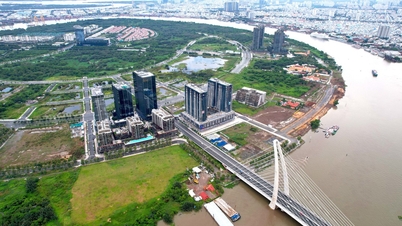



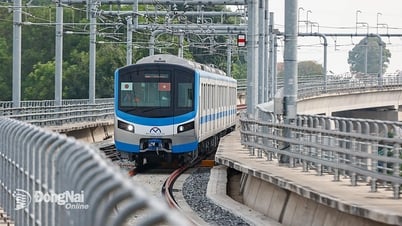


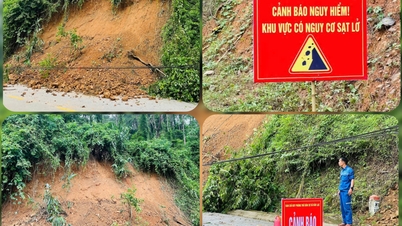

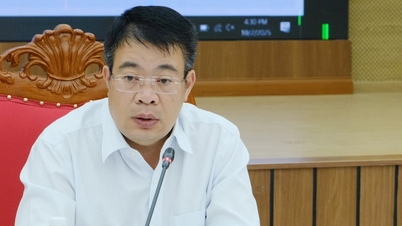

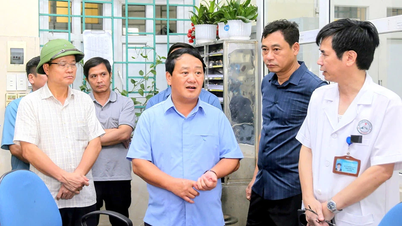

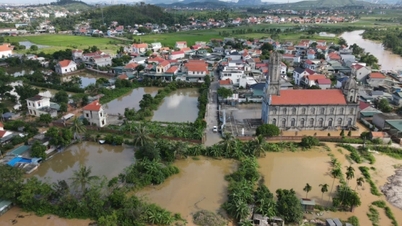

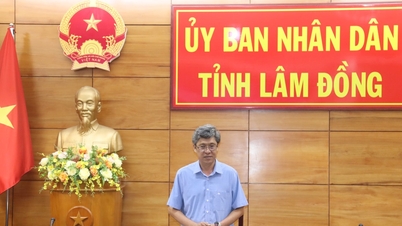
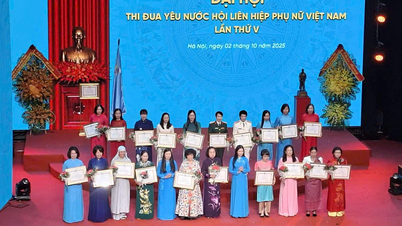





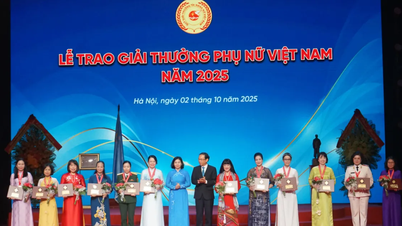
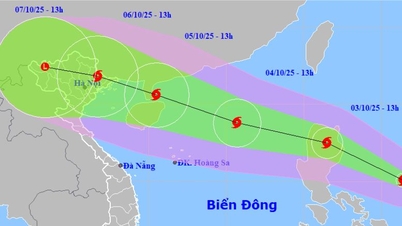
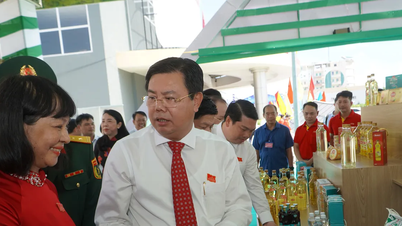
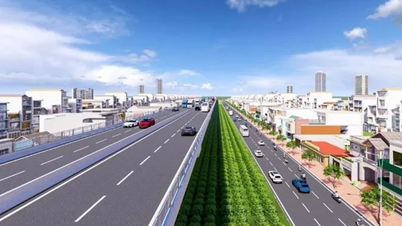
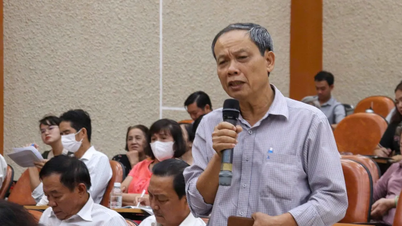
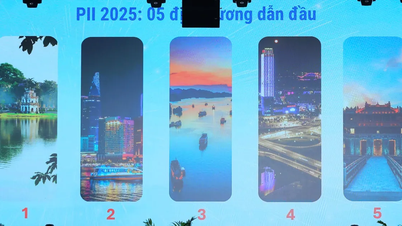















































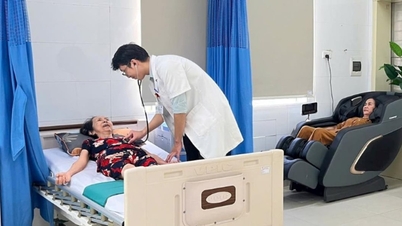


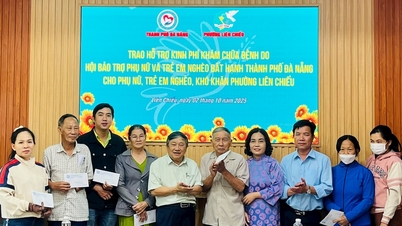
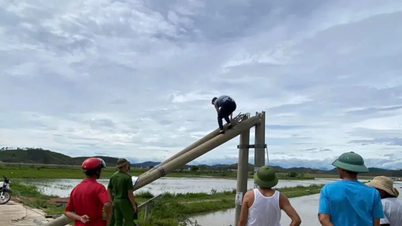
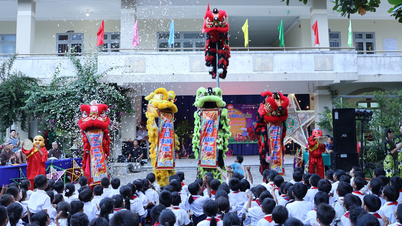
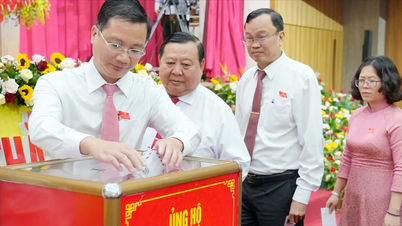













Comment (0)